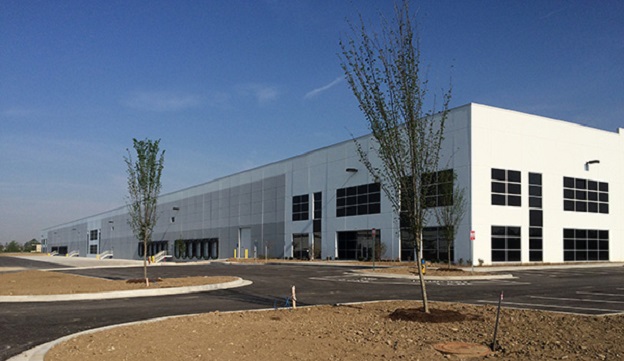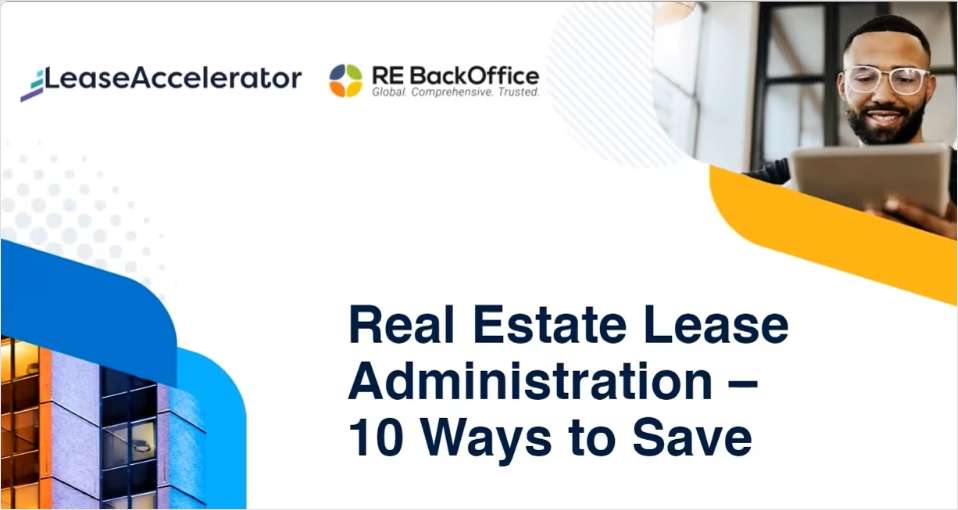 INDIANAPOLIS—The Indianapolis industrial market needed a big quarter to begin absorbing the massive amount of speculative construction completed in the past two years, and the first quarter of this year was one of the best it ever had. According to a new market report from CBRE , there was 2.95 million square feet of net absorption, the most gained in a quarter since 2007. Most of the gains were realized in warehouse buildings, specifically the modern bulk distribution buildings so popular will builders in 2014. “It's been fairly quiet recently, especially on what we call needle-moving events,” Jeremy Woods , first vice president at CBRE's Indianapolis office, tells GlobeSt.com. But in the first three months of the year, there were more than 4.2 million square feet of leases signed, an increase of about 1.8 million square feet over both the last quarter and the same period last year. For example, both Nestle Waters and Drive Medical agreed to lease one-half of the 470,000 square foot 650 Commerce Parkway East in suburban Greenwood, filling the new modern bulk warehouse facility. As reported in GlobeSt.com, Cabot Properties and Quadrangle Development Co. began developing the structure at the height of the building boom in 2014. “It seemed like everyone who had a conceptual plan started to build,” Woods says. The boom occurred not just because of the stupendous demand for modern bulk space, but also because the area saw a burst of development just before the recession, space that was quickly absorbed. Although this meant Indianapolis was well-positioned to meet the recession, that burst of development also meant the region saw little new construction for years as demand kept ticking up and vacancy ticked down. Therefore, 2014 “was a make-up year, with a perfect storm of speculative construction.” In the first quarter of 2015, nearly four million square feet was completed, and roughly half was speculative. But in 2015, even though there were many users seeking out and occupying smaller spaces in second-generation buildings, “we didn't see what we think of as Indianapolis' bread-and-butter, deals of more than 200,000 square feet in modern bulk buildings.” But in the past quarter, “we've seen the bigger deals return.” Average asking lease rates rebounded to $4.12 per square feet after a four-quarter slide. The vacancy rate fell 69 bps to just 6.7%, the second lowest in the past decade. The rate for warehouses fell 103 bps to 8.4%, thanks to more than 900,000 square feet of positive net absorption in existing spec buildings. “This could really be a standout year,” Woods adds. And although construction completions fell well below one million square feet in the last two quarters, “if we have a really good second quarter, you will see a handful of developers dusting off plans for new speculative buildings.”
INDIANAPOLIS—The Indianapolis industrial market needed a big quarter to begin absorbing the massive amount of speculative construction completed in the past two years, and the first quarter of this year was one of the best it ever had. According to a new market report from CBRE , there was 2.95 million square feet of net absorption, the most gained in a quarter since 2007. Most of the gains were realized in warehouse buildings, specifically the modern bulk distribution buildings so popular will builders in 2014. “It's been fairly quiet recently, especially on what we call needle-moving events,” Jeremy Woods , first vice president at CBRE's Indianapolis office, tells GlobeSt.com. But in the first three months of the year, there were more than 4.2 million square feet of leases signed, an increase of about 1.8 million square feet over both the last quarter and the same period last year. For example, both Nestle Waters and Drive Medical agreed to lease one-half of the 470,000 square foot 650 Commerce Parkway East in suburban Greenwood, filling the new modern bulk warehouse facility. As reported in GlobeSt.com, Cabot Properties and Quadrangle Development Co. began developing the structure at the height of the building boom in 2014. “It seemed like everyone who had a conceptual plan started to build,” Woods says. The boom occurred not just because of the stupendous demand for modern bulk space, but also because the area saw a burst of development just before the recession, space that was quickly absorbed. Although this meant Indianapolis was well-positioned to meet the recession, that burst of development also meant the region saw little new construction for years as demand kept ticking up and vacancy ticked down. Therefore, 2014 “was a make-up year, with a perfect storm of speculative construction.” In the first quarter of 2015, nearly four million square feet was completed, and roughly half was speculative. But in 2015, even though there were many users seeking out and occupying smaller spaces in second-generation buildings, “we didn't see what we think of as Indianapolis' bread-and-butter, deals of more than 200,000 square feet in modern bulk buildings.” But in the past quarter, “we've seen the bigger deals return.” Average asking lease rates rebounded to $4.12 per square feet after a four-quarter slide. The vacancy rate fell 69 bps to just 6.7%, the second lowest in the past decade. The rate for warehouses fell 103 bps to 8.4%, thanks to more than 900,000 square feet of positive net absorption in existing spec buildings. “This could really be a standout year,” Woods adds. And although construction completions fell well below one million square feet in the last two quarters, “if we have a really good second quarter, you will see a handful of developers dusting off plans for new speculative buildings.”  INDIANAPOLIS—The Indianapolis industrial market needed a big quarter to begin absorbing the massive amount of speculative construction completed in the past two years, and the first quarter of this year was one of the best it ever had. According to a new market report from CBRE , there was 2.95 million square feet of net absorption, the most gained in a quarter since 2007. Most of the gains were realized in warehouse buildings, specifically the modern bulk distribution buildings so popular will builders in 2014. “It's been fairly quiet recently, especially on what we call needle-moving events,” Jeremy Woods , first vice president at CBRE's Indianapolis office, tells GlobeSt.com. But in the first three months of the year, there were more than 4.2 million square feet of leases signed, an increase of about 1.8 million square feet over both the last quarter and the same period last year. For example, both
INDIANAPOLIS—The Indianapolis industrial market needed a big quarter to begin absorbing the massive amount of speculative construction completed in the past two years, and the first quarter of this year was one of the best it ever had. According to a new market report from CBRE , there was 2.95 million square feet of net absorption, the most gained in a quarter since 2007. Most of the gains were realized in warehouse buildings, specifically the modern bulk distribution buildings so popular will builders in 2014. “It's been fairly quiet recently, especially on what we call needle-moving events,” Jeremy Woods , first vice president at CBRE's Indianapolis office, tells GlobeSt.com. But in the first three months of the year, there were more than 4.2 million square feet of leases signed, an increase of about 1.8 million square feet over both the last quarter and the same period last year. For example, both
Continue Reading for Free
Register and gain access to:
- Breaking commercial real estate news and analysis, on-site and via our newsletters and custom alerts
- Educational webcasts, white papers, and ebooks from industry thought leaders
- Critical coverage of the property casualty insurance and financial advisory markets on our other ALM sites, PropertyCasualty360 and ThinkAdvisor
Already have an account? Sign In Now
© 2024 ALM Global, LLC, All Rights Reserved. Request academic re-use from www.copyright.com. All other uses, submit a request to [email protected]. For more information visit Asset & Logo Licensing.








